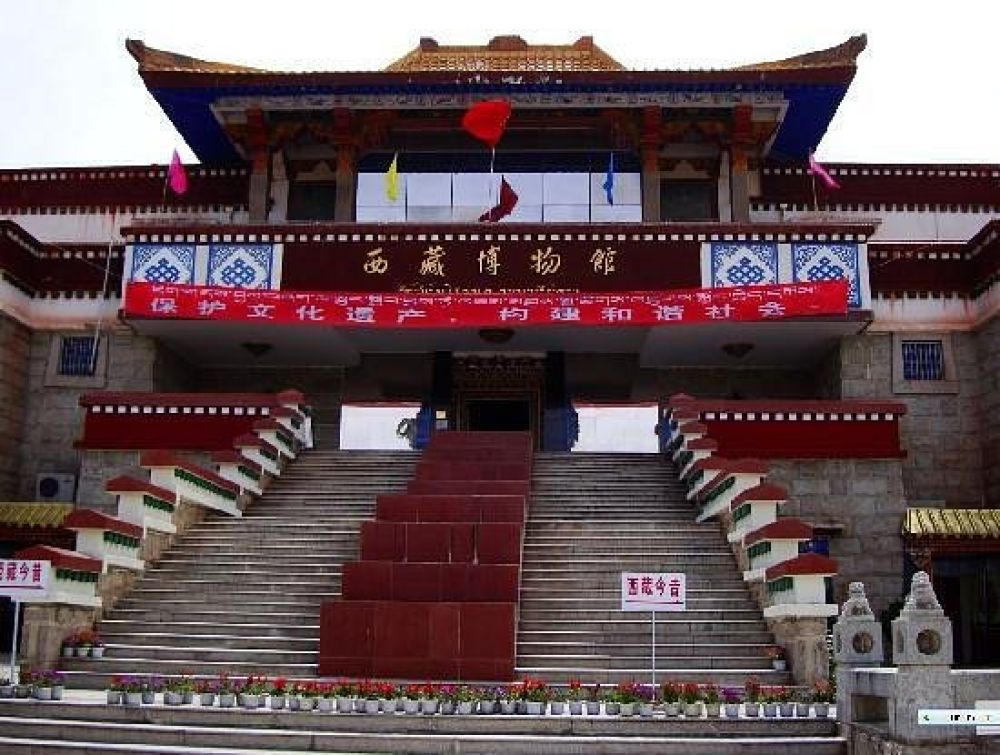

The Tibet Museum, located in Lhasa, does not directly relate to food history, as its primary focus is on presenting Tibetan culture, history, and art. However, the museum's location in the cultural hub of the Tibet Autonomous Region allows it to be surrounded by a rich gastronomic backdrop that reflects the Tibetan way of life. Traditional Tibetan cuisine is heavily influenced by the harsh climate and the need for high-energy food to withstand cold temperatures.
Tibetan food traditionally consists of ingredients that can be grown or raised on the high plateau, where agriculture is limited. Staple foods include barley, dairy products, and various meats, with a significant absence of fruits and vegetables. Due to Tibetan Buddhism and cultural beliefs, certain meats are avoided, including cow meat.
Address: Jiri E'er XIang, Chengguan Qu, Lhasa Shi, Tibet Autonomous Region, China
Famous Dishes: Momos (Veg/Non-Veg), Thenthuk (Veg/Non-Veg)
Address: Barkhor Street, Lhasa, Tibet Autonomous Region, China
Famous Dishes: Tibetan Noodle Soup (Veg/Non-Veg), Tsampa (Veg)
Address: No. 3 Mentsikhang Road, Chengguan District, Lhasa, Tibet Autonomous Region, China
Famous Dishes: Yak Yogurt (Veg), Tingmo (Veg)
Address: No.7 Jiri E'er XIang, Chengguan Qu, Lhasa Shi, Tibet Autonomous Region, China
Famous Dishes: Tsak Sha La Kor (Non-Veg), Butter Tea (Veg)
Address: Zang Yiyuan Lu, near the Snowland Hotel, Lhasa, Tibet Autonomous Region, China
Famous Dishes: Yak Steak (Non-Veg), Chang (Veg)
Please note that while traditional Tibetan cuisine includes both vegetarian and non-vegetarian options, tourists can find restaurants in Lhasa that cater to various dietary requirements, including vegetarianism.